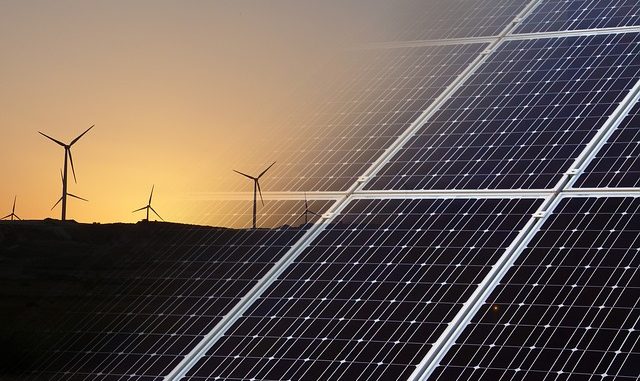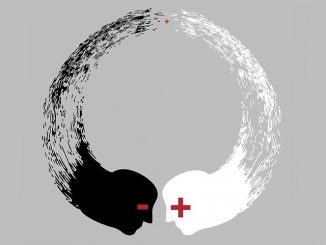
Distribution networks, inevitable infrastructures connecting consumers, micro-producers and transport networks, seem to be both at the crossroads of the energy transition and strongly impacted by many changes related to this transition.
Does the natural position they seem to have within energy systems make them essential actors in the transition?
For years, the distribution networks have let fluids (electricity, gas, heat) flow from injection points (production facility, place of importation, inter-country connection) to consumers. The operator of these networks provided the maintenance, the operational balance and the planning of the investments necessary to cover the expected needs.
Take the case of today’s electricity networks: the flow is not so linear anymore since the generation capabilities are distributed all along the network; the gradual emergence of microgrids makes it possible to manage the operating balance, which is more complex to ensure, in successive levels.
The vertical organization and operations gradually gives way to a cellular and systemic organisation.
In this evolution, we find a chicken and egg logic: a cellular network organisation would allow a better development of distributed energy resources and the development of distributed energy sources push for the development of a cellular network management. As such, the evolution of networks can be seen as a catalyst for energy transition.
The emergence of this cellular logic is found in a frequently mentioned stake for Distribution Network Operators (DNOs): that of becoming Distribution System Operators (DSOs), managing more complex flows combining storage, local flows between micro-producers and consumers or, why not, a partial control of consumption, connections between gas networks and electricity networks (via P2G facilities for example with which it may be smart to coordinate), connections between heat networks and electricity networks (via trigeneration facilities, for example, with which it may be smart to coordinate).
In order to manage such interdependent and complex flows, the DSO acquires and manages a growing amount of data about production, consumption and transit flows and about parameters to predict short-term and medium term changes. On one hand, this mass of data is so important, on the other hand, these data can be used for so many other applications, urban in particular, that the network manager also becomes a data manager.
The importance of the DSOs for the energy transition is clear: their field of action that is technically accessible to them can be widely extended. Many optimization opportunities can be targeted through the extension of their responsibilities.
However, DSOs are part of the regulated part of energy systems, ie whose operating rules, in particular their role, are defined by the regulator. The DSO is, at the first glance, the operational arm of the regulator. How far, in each country, will regulators choose to change DSOs?
How far will regulators consider that DSOs must accompany the energy transition? Will DSOs only support well identified trends such as the development of renewable energies, EV’s charging infrastructures, storage infrastructures or self-consumption? Will they be positioned as privileged interlocutors of cities to nourish local energy dynamics? Will they be data managers on behalf of the community? Will they be multifluid?
The answers will depend on the nature of the collaboration between the regulator and his operational arm(s): the regulator must be visionary and strategist while guaranteeing the performance of the national energy systems; under current conditions, its DNA should be entrepreneurial. The DSO often takes the lobbyist’s stance, defending his own interests: minimizing disruption to manage, securing his future by integrating an additional mission. It is rarely interesting that the lobbyist takes precedence over the strategist: it can result in a slow down of the evolution or, even worse, in immobility mixed with great distrust. The challenge is to build the most collaborative modes of operation as possible between the regulator and the DSOs.
These reflections remain centred on the energy companies and organisations and do not take into account the customers. In most countries, consumers finance networks via a share of the price of energy; they are forced to do so under conditions which, once again, are imposed on them by the regulator. Some live this contribution as a “tax” that they put against the impossibility of self-consumption, to freely exchange their energy production with their neighbour, to the limitation of the photovoltaic generation capacity they can freely installed etc … This feeling of frustration feeds the desire for uberisation observed today for most consumers.
In reality, the DSO is, first and foremost, a key player in the energy transition but the architect of the possibilities, the strategist of the energy transition is the regulator. It’s up to him to create the conditions for collaboration between the actors and to avoid the impacts of defensive lobbying initiatives.




Leave a Reply